
Push-off!
PolimiRun turns 10 years old!
Kicking off a nine-stage journey recounting innovations and research by polytechnic protagonists from the Athenaeum's founding to today. One letter at a time, each highlight will take us toward PolimiRun 2025, to discover the soul of Politecnico di Milano, a technical university that promotes education and research in the fields of engineering, architecture and design.
A run through more than 160 years of research, inventions, constructions and patents that have given rise to revolutionary and unexpected projects; scientific and cultural adventures that, just like the PolimiRun spring, have united thousands of people, and transcended the boundaries of the University to become part of our daily lives.
Follow the polytechnic route with us!
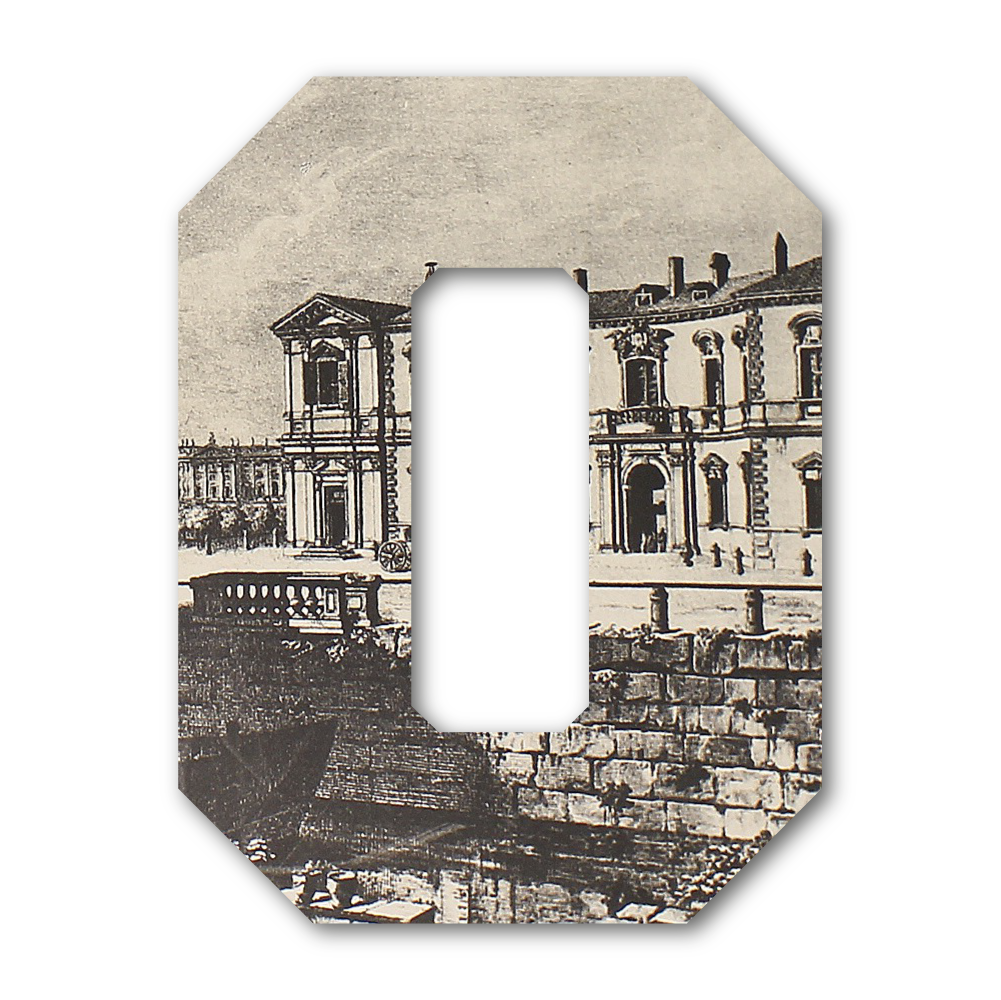
Open Day 1863
On November 29, 1863, Francesco Brioschi, former rector of the University of Pavia, senator and mathematician, founded the Istituto Tecnico superiore, future Politecnico di Milano. The institute was inspired by the model of the Polytechnics of the German area, promoting technical-scientific culture for the benefit of the country's progress.When it opened, it provided sections of civil and mechanical engineering, later named industrial, to which the architecture section was later added.
In the early days, polytechnic students lived in the spaces of the Collegio Elvetico in Via Senato (now the Milan State Archives) and later the Palazzo della Canonica in Piazza Cavour, until - in 1927 - classrooms and experimental laboratories were built in the new headquarters in Piazza Leonardo da Vinci.
Today, more than 48,000 students, from all over the world, study at the Politecnico.
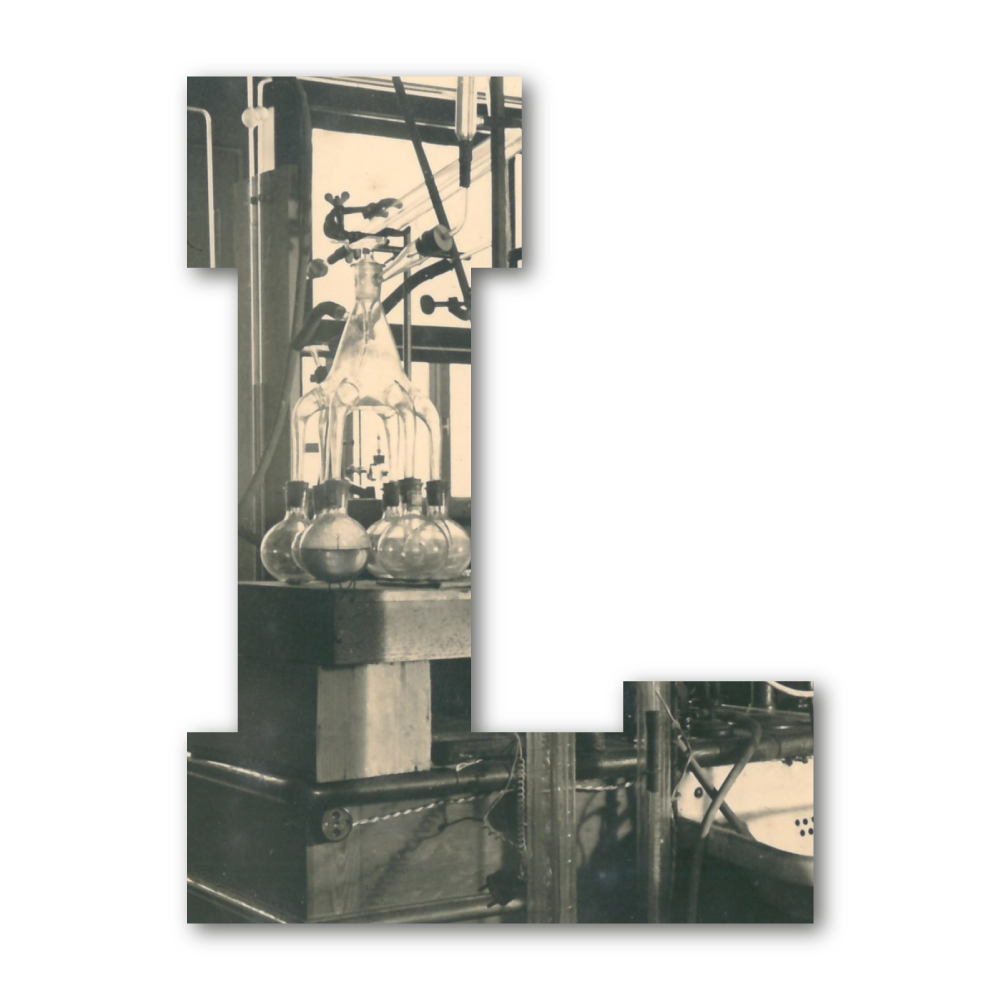
Laboratories
It was 1893 when Giuseppe Ponzio and Cesare Saldini, professors at the Athenaeum, made a study trip to the United States to visit application schools and research centers. Two years later they opened the Applied Mechanics Laboratory at the Politecnico di Milano, designed on the American model. This was followed over the years by other experimental laboratories - for tests of materials strength, geotechnics, electrical engineering, hydraulics, etc. - essential for students to apply the technical knowledge learned during classes.
In 1934, the Polytechnic's first wind tunnel, the Soffieria, was built in the Aeronautics laboratory to perform aerodynamics tests: it is the precursor of the current Wind Tunnel at the Bovisa La Masa Campus, just one of the many laboratories in our Athenaeum today.
To find out more, visit Laboratories - polimi
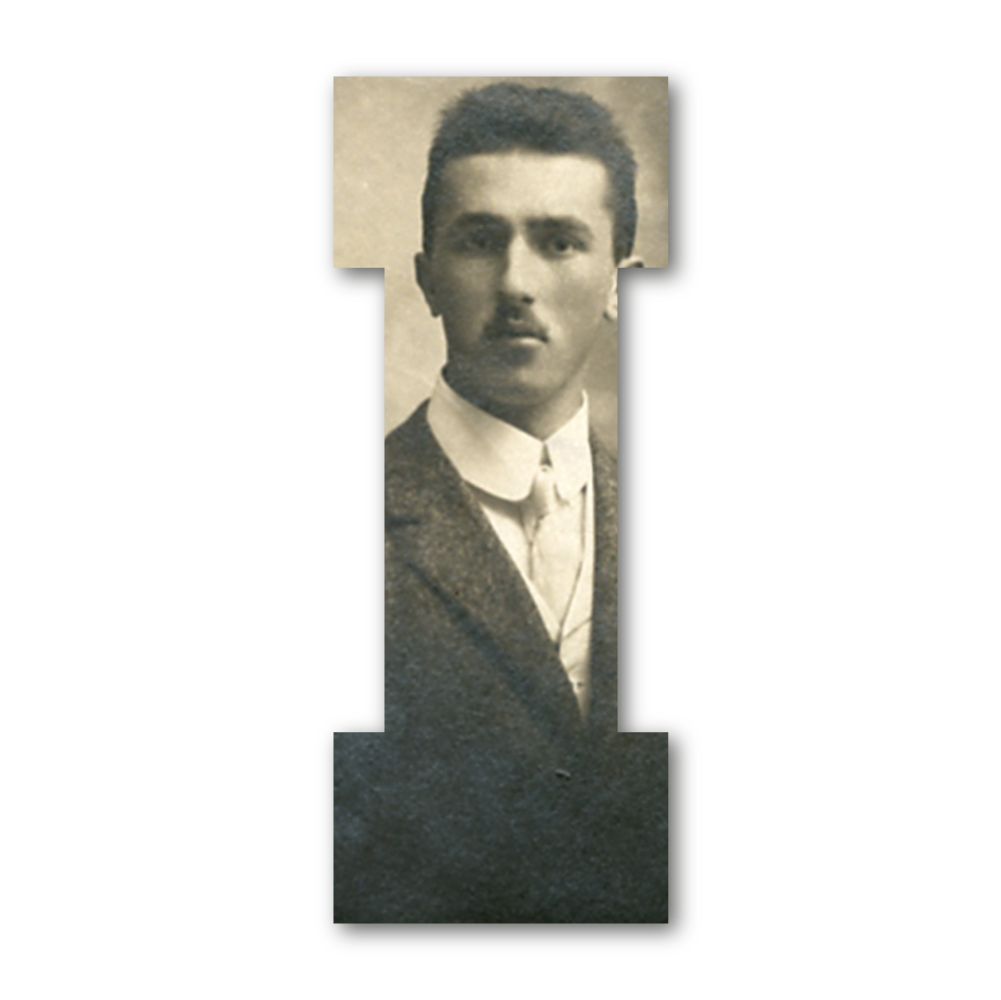
Ingenious literature
Carlo Emilio Gadda, “the engineer of Italian literature,”graduated from the Polytechnic on July 14, 1920 with a thesis on “Pelton Action Turbines” and, until the 1930s, practiced his profession in Italy and abroad; his activity as a writer began with some articles on popular science.
After the publication of the collection of short stories in L'Adalgisa (1944), great success came with the novel Quer pasticciaccio brutto de via Merulana, published by Garzanti in 1957 and translated into many languages. In his novel Un Fulmine sul 220, polytechnic scenarios appear including the G. Ronzoni Institute of Industrial Chemistry, popularly known as the Kremlin because of its unique architecture, a mix of reality and imagination.
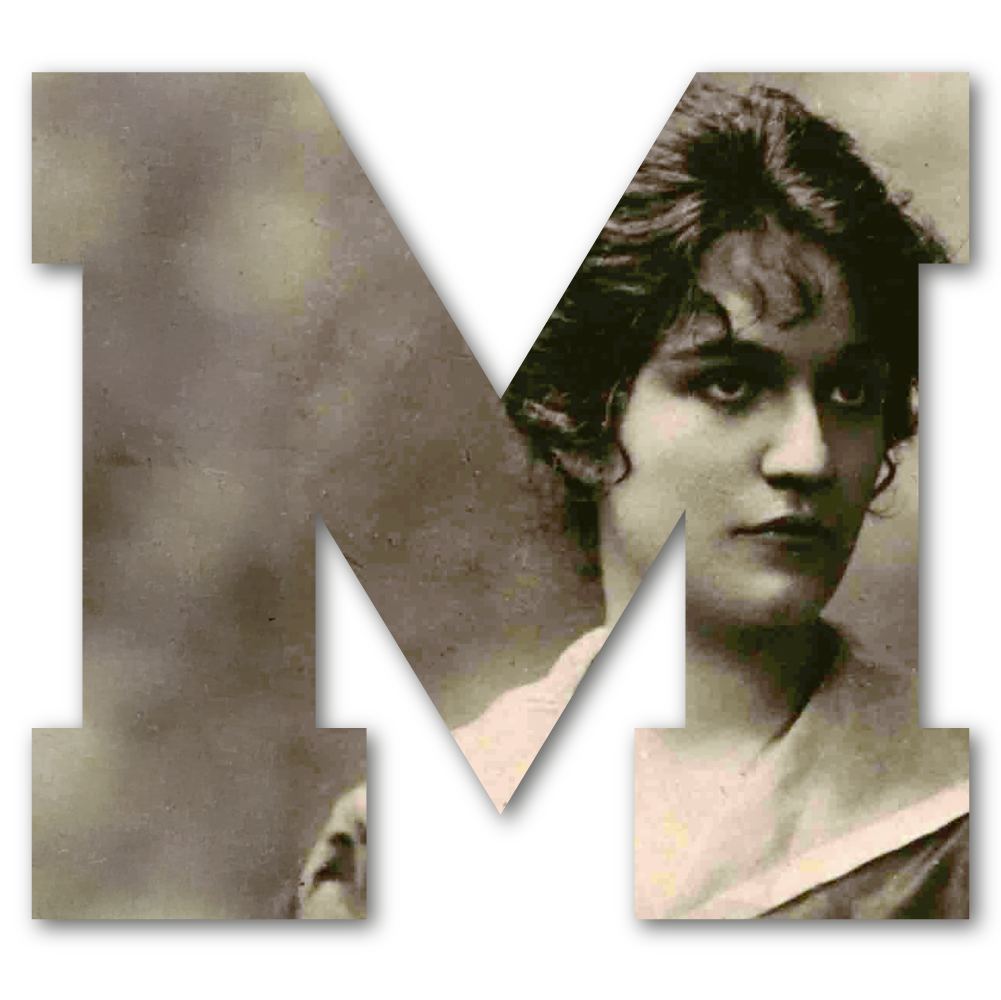
Maria Artini
Maria Artini is the first woman in Italy to graduate with a degree in electrical engineering in 1918. The following year she worked for the Edison company, of which she would become an executive. Her name is particularly linked to the construction of the Brugherio-Parma, the first very high voltage line (130kV) for the transport of electricity in the territory, and to the further development of these technologies for very high voltage lines (150 and 220 kV), while from 1936 to 1946 she directed Edison's statistics office.
He did not abandon research, however: he published articles in the magazine “L'Energia Elettrica,” founded by Giacinto Motta (1870-1943), Artini's professor at the Politecnico, and in 1924 he joined the editorial board. In 1948 she already promoted the creation of an association of women engineering graduates, later established in 1957 as Aidia(Italian Association of Women Engineers and Architects).
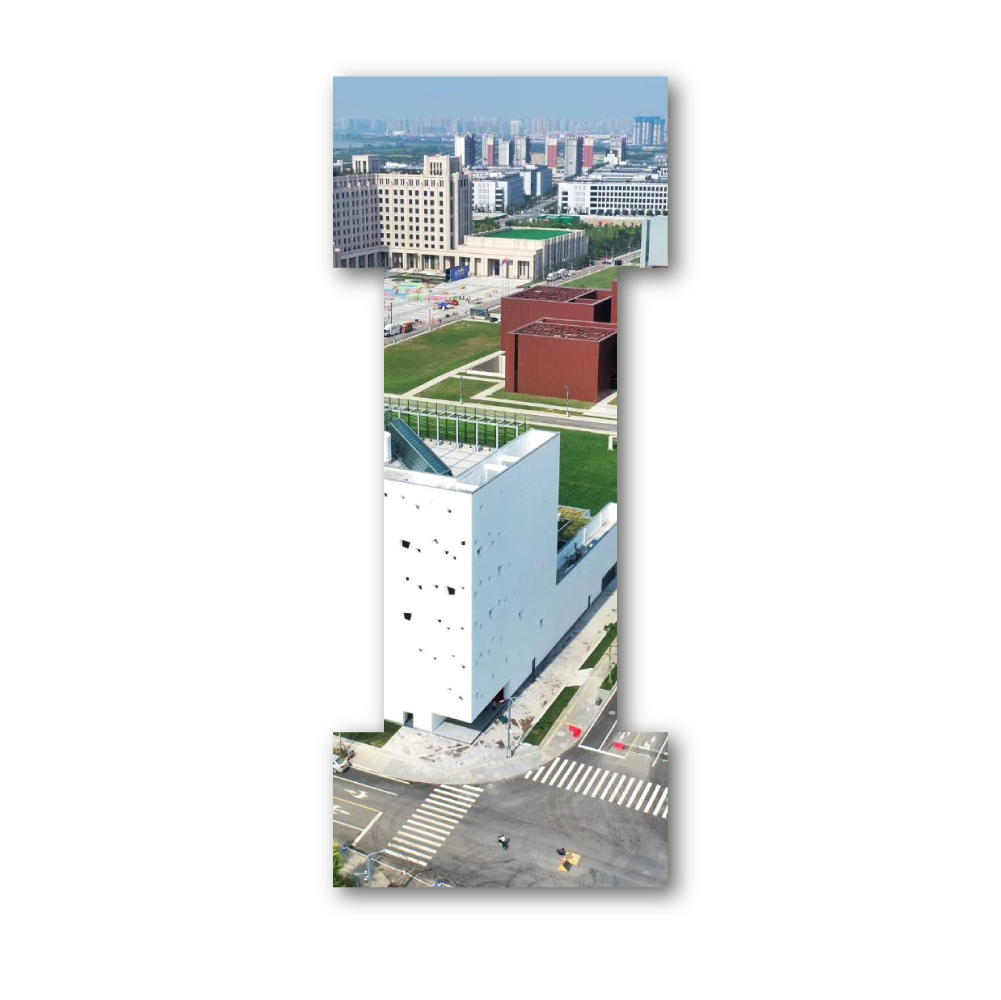
International
The XJTU-POLIMI Joint School was established in 2019 in Xi'an, China, and is the first Politecnico di Milano campus outside Italy; born from the relationship between the University and Xi'an Jiaotong University (XJTU). The campus acts as an international platform for teaching and research, startup incubation and technology transfer, and offers a valuable range of laboratories, innovative and interdisciplinary.
The relationship between Politecnico di Milano and China has its roots years earlier, when in 2006, a cooperation agreement was signed between the Chinese and Italian governments that gave birth to the POLITONG program, which allows students from Politecnico and those from Tongji University in Shanghai,to obtain a double degree.
International cooperation between Politecnico di Milano and China promotes knowledge exchange, joint research and the development of innovative solutions to global challenges.
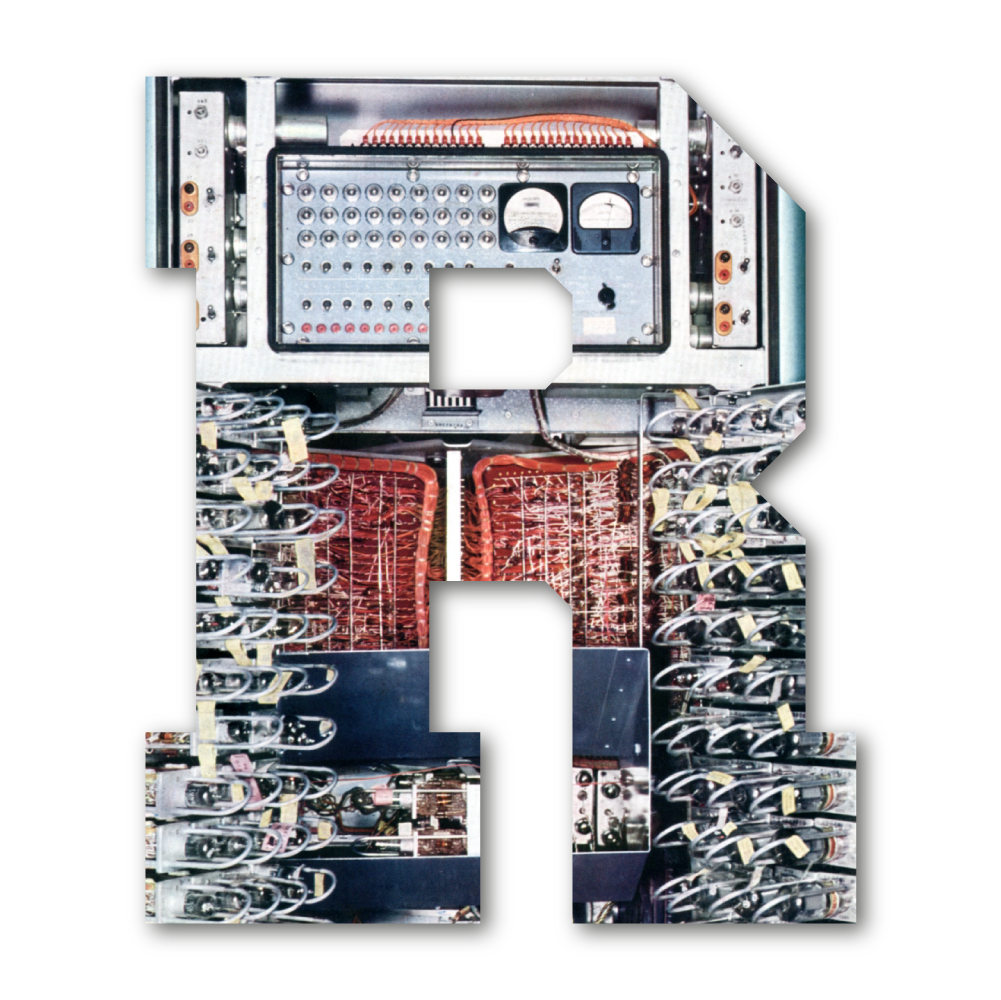
Revolution
In 1954, Europe's first valve calculator arrived at the Politecnico di Milano: the CRC-102A. Politecnico di Milano Rector Gino Cassinis authorizes the production of the machine to the California-based Computer Research Corporation using Marshall Plan funds. The calculator is assembled in the United States with engineer Luigi Dadda and transported to Italy where it marks the beginning of computer science as a university discipline.
Thanks to the CRC-102A, in fact, an advanced computing center is born and a new professional figure takes shape: the electronic engineer. The calculator immediately attracts the interest of industry; among the first to use it are Edison and Pirelli, then other companies such as Macchi, Montecatini, Magneti Marelli, who immediately grasp its extraordinary potential.
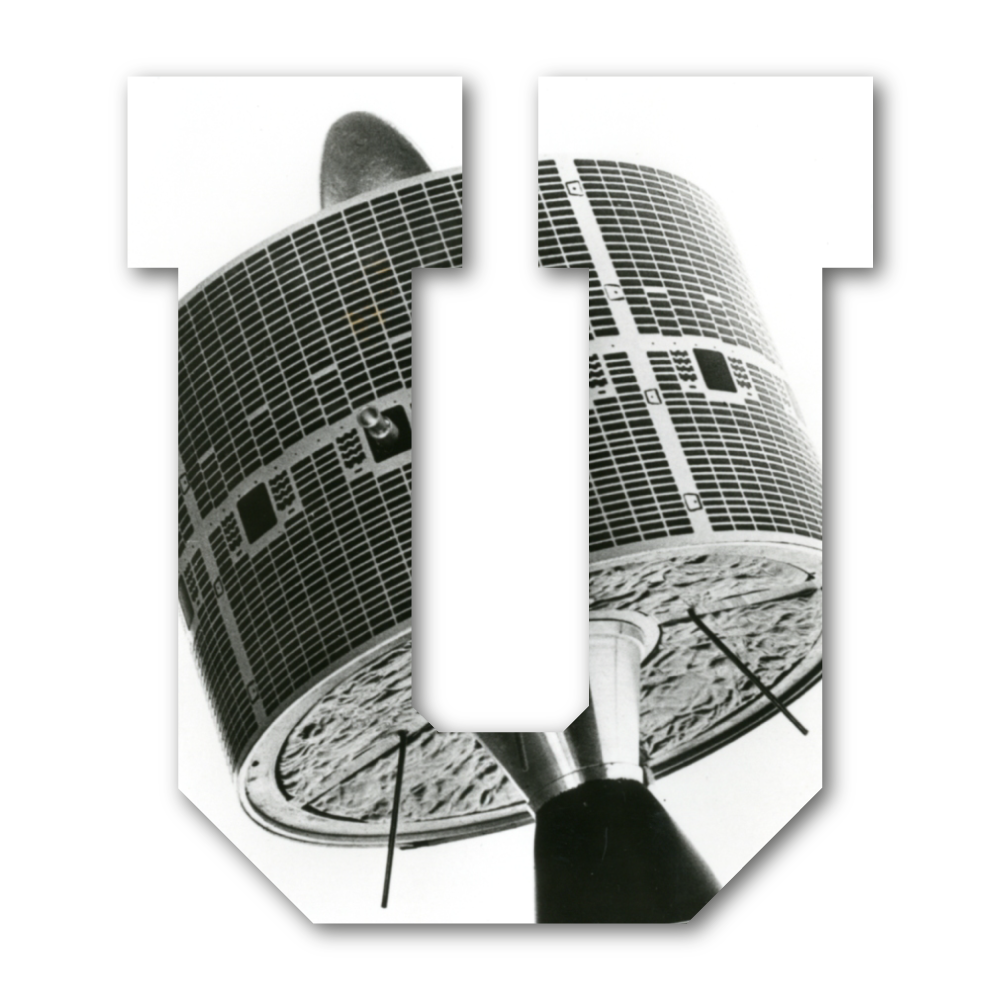
Universe
In 1977, Sirio, the first geostationary artificial telecommunications satellite designed and built entirely in Italy, was launched from Cape Canaveral, Florida. Sirio (acronym for Italian Industrial and Operational Research Satellite) has as its main purpose the study of high-frequency radio waves, in order to develop new possibilities for satellite telephone and television communications.
The project involves companies, universities and research institutes, and represents a major technological achievement for the country. Crucially, Francesco Carassa, professor of Electrical Communications and dean of the Politecnico di Milano, is leading the research and experimentation. Sirio marks Italy's entry into the space age, opening new perspectives for telecommunications and international scientific cooperation.

Nobel
In 1954, in the chemistry laboratories of the Milan Polytechnic, Professor Giulio Natta “made Polypropylene,” a molecule destined to revolutionize the plastics industry. His work was part of a period of great scientific innovation that found the perfect ally in the figure of the German chemist Karl Ziegler, with whom he shared the development of the catalysts that made possible the controlled synthesis of this new material.Polypropylene, light and resistant at the same time, thanks to its ductility and versatility characterizes new objects of daily use, transforming the modern world.
For this fundamental discovery, in 1963 Natta and Ziegler received the Nobel Prize in Chemistry, consecrating the value of their collaboration and marking a turning point in the history of science and technology.
